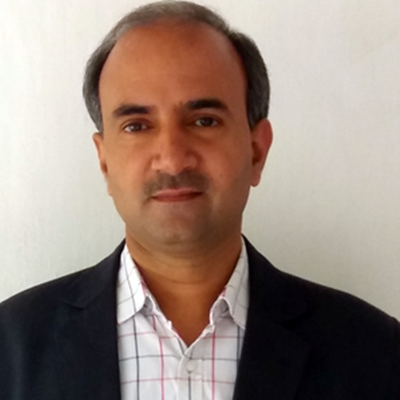Ground water level down 5.41m in 10 yrs, Ambala most affected
88 of the total 143 blocks in Haryana ‘over-exploited’; central board indicates deteriorating water quality: Minister Shruti Choudhry informs House
 From -10.5 metres in June 2014, Ambala saw its groundwater level drop to 29.25 metres in June 2024. (Representational Image)
From -10.5 metres in June 2014, Ambala saw its groundwater level drop to 29.25 metres in June 2024. (Representational Image)Haryana has witnessed an average decline of 5.41 meters in its ground water table in 10 years from 2014 to 2024, the most in Ambala, the state government informed the Assembly on Wednesday.
From -10.5 metres in June 2014, Ambala saw its groundwater level drop to 29.25 metres in June 2024. State irrigation and water resources minister Shruti Choudhry made a written statement to the Assembly in this regard in response to the concerns raised by several Opposition legislators over the decline in the quantity and quality of the groundwater.
The minister said: “Haryana is a water deficit state with respect to surface and ground water resources. The ground water level in the state particularly in the freshwater zone is depleting fast due to heavy exploitation and is a very serious problem. Increasing demand and scarcity of groundwater resources underlines the importance of artificial recharge and water conservation. The state average decline in water table from June, 2014 to June, 2024 is -5.41 meters.”
As per the report of Ground Water Resource Estimation (GWRE), 2024, the groundwater extraction in as many as 88 of the total 143 blocks has been found “over-exploited” while 11 blocks as “critical” and 8 as “semi-critical” leaving only 36 blocks in the “safe category”.
She added that “the reports of Ground Water Cell (Haryana) and Central Ground Water Board are in coherence and indicate the deteriorating quality of ground water”.
Referring to the concerns of the legislators over the quality and the quantity of the groundwater, she said: “We are equally concerned like other legislators. The government is committed to improving the situation. The government is making efforts to maintain the quality and quantity of the ground water. We are monitoring the quality and quantity of the underground water at 2,200 observation points regularly.” In addition, the Central Ground Water Board also monitors the quality and quantity of water. Research is being done to solve the problem of groundwater salinity and waterlogging.
She added: “The improvement in the quality is a slow process. Studies have indicated lack of efforts during the past decades responsible for the current situation leading to ground water salinity and water logging.” Terming it a very important issue, former Haryana CM Bhupinder Singh Hooda said that the Haryana government should have the Supreme Court verdict in its favour on SYL canal implemented apart from coming up with schemes such as Dadupur Nalvi canal to recharge ground water.
As many as six Congress MLAs Bharat Bhushan Batra, Geeta Bhukkal, Balran Dangi, Jassi Petwar, Vikas Sharan and Pooja jointly sought to draw the attention of the House to the issue. They said: “Groundwater quality in Haryana is facing degradation especially in the district of Ambala, Bhiwani, Charkhi Dadri, Faridabad, Fatehabad, Gurgaon, Nuh, Palwal, Hisar, Jhajjar, Jind, Rohtak, Sonipat, Rewari etc.”
They said that Haryana has the highest number of districts — 6 out of the top 15 districts in India — with groundwater electrical conductivity (EC) value exceeding the permissible limit. Electrical conductivity is a measure of the salinity of the groundwater, calculated as microsiemens/cm (µS/cm). When the EC value is between 1500 and 15,000 µS/cm, groundwater is considered to be brackish.
In another joint statement to the Assembly, four Congress legislators– Aftab Ahmed, Kuldeep Vats, Mohd. Israil and Mohammad Ilyas referred to the Ground Water Quality Report, 2024 released by Central Ground Water Board and stated “the groundwater in the several districts of Haryana contain uranium, arsenic, chloride and fluoride in the concentration exceeding the permissible limits”.
They added that the depletion in water table is now a cause of concern in 14 of 22 districts of Haryana. The groundwater quality in Haryana is facing continued degradation in the Mewat area and other districts of Haryana.
Explaining the government efforts, Choudhry said that the Irrigation Department freed 26,110 acres from waterlogging by spending Rs 108.78 crore in 2018-19. Financial assistance has been received from the World Bank to eliminate waterlogging in 2 lakh acres by 2026-2031. She added that efforts are being made to maintain water quality under the “Water Secure Haryana” scheme. Sub-surface and vertical drainage system is being implemented to solve the problem of waterlogging in 13 districts — Rohtak, Jhajjar, Sonipat, Bhiwani, Hisar, Jind, Charkhi Dadri, Fatehabad, Faridabad, Gurgaon, Sirsa, Palwal and Mewat).













